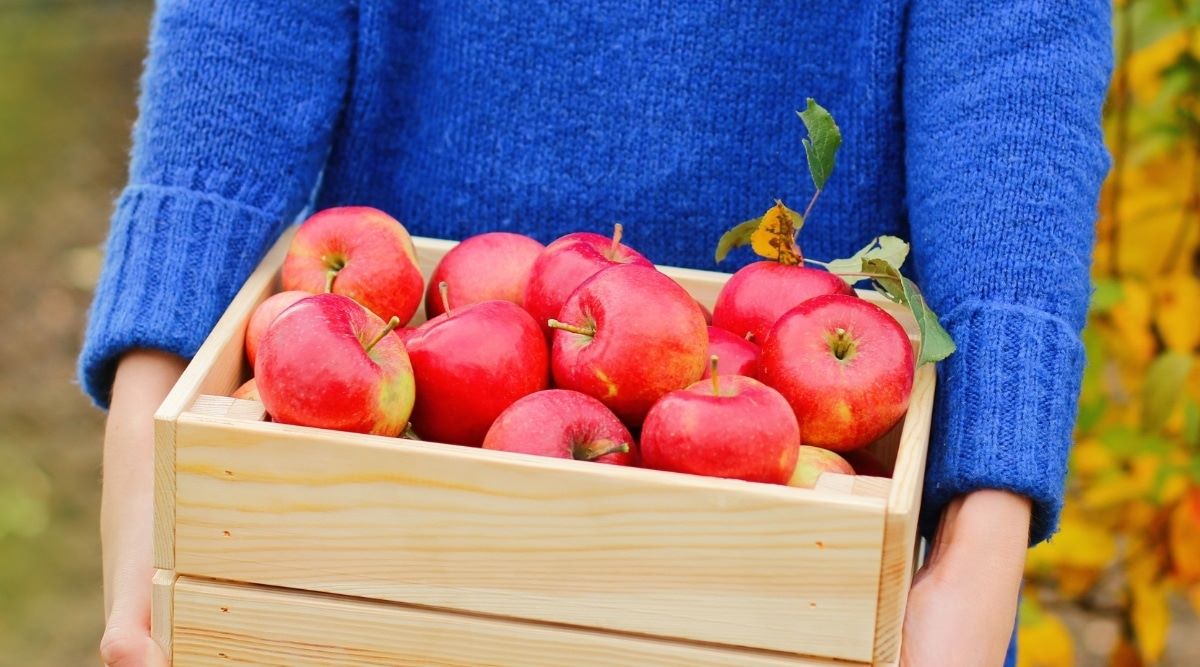

Articles
How To Store Fresh Apples
Modified: February 27, 2024
Learn the best methods for storing fresh apples to keep them fresh and tasty. Read our articles for expert tips and advice on apple storage.
(Many of the links in this article redirect to a specific reviewed product. Your purchase of these products through affiliate links helps to generate commission for Storables.com, at no extra cost. Learn more)
Introduction
Apples are a versatile and nutritious fruit that can be enjoyed in a variety of ways. Whether you’ve purchased a large quantity of apples from a local orchard or have a bountiful harvest from your own apple tree, knowing how to properly store fresh apples is essential to ensure their longevity and maintain their crispness and flavor.
Storing apples correctly not only helps to extend their shelf life but also allows you to enjoy them throughout the year. With the right storage conditions and proper handling, you can have access to fresh, high-quality apples even when they are out of season.
In this article, we will guide you through the steps of selecting the best apples for storage, preparing them for storage, choosing the right storage containers, and maintaining the ideal storage conditions. We will also explore different methods of storing apples, such as refrigeration and root cellaring, and provide insights into checking and maintaining the apples while in storage. By the end of this article, you will be equipped with the knowledge you need to store fresh apples effectively.
So, if you’re ready to make the most of your apple harvest and enjoy delicious apples all year round, let’s dive into the details of storing fresh apples!
Key Takeaways:
- Properly storing fresh apples ensures year-round access to delicious, high-quality fruit. Select firm, late-season varieties, prepare them carefully, and maintain optimal storage conditions for extended enjoyment.
- Whether in the refrigerator, root cellar, or alternative storage, regular inspection and gentle handling are key. Utilize stored apples in a variety of culinary creations, from snacking to baking, to make the most of their natural goodness.
Read more: How To Store Freshly Picked Apples
Selecting Apples
When it comes to storing apples, selecting the right ones is the first step towards successful storage. Here are a few tips to help you choose the best apples for long-term storage:
- Choose Apples with Firm Texture: Look for apples that are firm and free from bruises or soft spots. Apples that are overly ripe or have a mushy texture are not suitable for long-term storage as they may spoil quickly.
- Opt for Late-Season Varieties: Late-season apple varieties tend to have a higher sugar content and firmer texture, making them well-suited for storage. Varieties such as Granny Smith, Fuji, or Honeycrisp are excellent choices.
- Avoid Apples with Blemishes: Apples with blemishes, cuts, or punctures are prone to spoilage and can affect the quality of other apples in storage. It’s best to select apples that are in good condition without any visible damage.
- Check for Ripeness: While you want to choose apples that are firm, they should also be mature enough to store. Apples that are too green may not ripen properly in storage, while those that are too ripe may not last as long.
- Consider Storage Life: Different apple varieties have varying storage capabilities. Some apples, like Red Delicious, are best consumed shortly after harvest, while others, like Pink Lady or Rome, can last several months when stored properly.
By paying attention to these factors, you can ensure that you select apples that are best suited for extended storage. Remember, the quality of the apples at the time of selection plays a crucial role in their longevity in storage.
Preparing Apples for Storage
After selecting the right apples for storage, the next step is to properly prepare them to ensure they stay fresh and delicious. Here are some essential tips for preparing apples before placing them in storage:
- Inspect and Clean: Before storing, carefully inspect each apple for any signs of damage or decay. Remove any apples with bruises, cuts, or rot to prevent the spread of spoilage. Additionally, give the apples a gentle rinse under cold water to remove any dirt or debris.
- Dry Thoroughly: After cleaning, make sure to thoroughly dry the apples before storing. Excess moisture can promote the growth of bacteria and cause the apples to rot faster. You can air-dry them on a clean towel or gently pat them dry with paper towels.
- Sort by Ripeness: Sort the apples based on their ripeness. Keep the fully ripe apples separate from the less ripe ones. This allows you to use the ripest ones first and prevents the overripening of other apples in storage.
- Avoid Waxing: If your apples have a natural wax coating, there is no need to apply additional wax before storage. However, if you prefer a glossy appearance, you can use food-grade wax sparingly following the manufacturer’s instructions. Avoid using candle wax or other non-food-safe waxes.
- Remove Stems and Leaves: It’s important to remove the stems and leaves from the apples before storing. Stems can puncture other apples and provide an entry point for bacteria. Removing them helps to preserve the freshness of the stored apples.
By taking these steps to prepare your apples for storage, you can ensure that they are in the best condition to withstand the storage period and maintain their quality.
Choosing Storage Containers
Choosing the right storage containers for your apples is crucial to maintain their freshness and protect them from damage. Here are a few factors to consider when selecting storage containers:
- Date-Labelled Bags: Consider using date-labelled bags specifically designed for storing apples. These bags allow for air circulation while maintaining a controlled storage environment. Plus, they make it easy to keep track of the storage period of your apples.
- Perforated Plastic Bags: If date-labelled bags are not available, you can use perforated plastic bags as an alternative. Make sure to punch several small holes in the bags to allow for proper airflow and prevent excessive moisture buildup.
- Baskets or Crates: Another option for storing apples is to use baskets or crates made of wood or plastic. These containers provide good ventilation and allow for easy access to the stored apples. Remember to line the containers with clean, breathable materials such as paper or cloth to prevent direct contact between the apples and the container.
- Avoid Airtight Containers: It’s important to avoid using airtight containers for storing apples. Airtight containers can trap moisture and promote the growth of mold and bacteria. Apples require some air circulation to maintain their freshness and prevent spoilage.
- Stacking and Layering: If you have limited storage space, consider using stackable containers or trays. This allows you to maximize the use of vertical space while still providing airflow between the layers of apples. Avoid packing the apples too tightly, as this can cause bruising and premature spoilage.
Remember, the key is to choose containers that promote proper airflow and ventilation while protecting the apples from damage. By selecting the right storage containers, you can create an optimal environment for your apples to stay fresh and delicious for an extended period.
The Best Storage Conditions
To ensure the longevity and quality of your stored apples, it is crucial to provide them with the best storage conditions. Here are the essential factors to consider:
- Temperature: Apples are best stored at a cool temperature, around 32 to 40 degrees Fahrenheit (0 to 4 degrees Celsius). This temperature range helps to slow down the ripening process and prevent premature spoilage. Avoid storing apples at temperatures below freezing as it can cause the apples to become mushy.
- Humidity: The ideal humidity level for storing apples is around 90%. Higher humidity helps to prevent the apples from drying out, while lower humidity can cause them to become shriveled and lose their crispness. If the storage area is too dry, consider using a humidifier or placing a damp cloth nearby to maintain a suitable humidity level.
- Absence of Ethylene: Apples produce a natural ripening gas called ethylene, which can speed up the ripening process and cause neighboring fruits and vegetables to spoil faster. To prevent this, store apples separately from other produce, especially ethylene-sensitive fruits like bananas, tomatoes, and avocados.
- Avoid Exposure to Light: Apples are best stored in a dark environment. Exposure to light can cause discoloration and degradation of the apples’ quality. Keep them in a dark pantry, cellar, or storage area away from direct sunlight.
- Good Ventilation: Proper air circulation is essential for maintaining the freshness of stored apples. Make sure there is enough ventilation in the storage area to allow fresh air to flow around the apples. This helps to prevent the buildup of odors, moisture, and gases that can affect the quality of the apples.
By ensuring the right temperature, humidity, light conditions, and ventilation, you can provide the best storage conditions for your apples, helping them stay fresh, crisp, and flavorful for an extended period.
Read more: How To Store Fresh Baked Apple Pie
Storing Apples in the Refrigerator
One of the most common methods of storing apples is in the refrigerator. The cool temperature and controlled environment of the fridge help to preserve the freshness and flavor of the apples. Here are the steps to properly store apples in the refrigerator:
- Choose the Right Apples: Select apples with good quality and suitable for refrigeration. Late-season apple varieties like Granny Smith, Fuji, or Honeycrisp are excellent choices.
- Sort and Prepare: Sort the apples based on their ripeness. Keep the fully ripe apples separate from the less ripe ones. Remove any damaged or bruised apples before refrigerating.
- Wrap Individually: To prevent the apples from drying out and absorbing odors from other foods, wrap each apple individually in paper towels or place them in perforated plastic bags. This helps to maintain their moisture and freshness.
- Adjust the Temperature: Set your refrigerator to a temperature between 32 to 40 degrees Fahrenheit (0 to 4 degrees Celsius) to create an optimal storage environment for the apples. Avoid placing the apples near the freezer compartment, as they may freeze and become mushy.
- Store Away from Other Produce: Keep the wrapped or bagged apples separate from other fruits and vegetables in the refrigerator. This prevents the release of ethylene gas from affecting nearby produce and helps to maintain the quality of all items.
- Check Regularly: Periodically check the apples for any signs of spoilage or decay. Remove any apples that show signs of rot to prevent the spread of spoilage to other apples.
Remember that storing apples in the refrigerator can extend their shelf life, but they may lose some of their crispness over time. Therefore, it’s best to consume refrigerated apples within a few weeks for optimal taste and texture.
By following these steps, you can effectively store your apples in the refrigerator and enjoy their freshness and flavor for a longer duration.
Store fresh apples in the crisper drawer of your refrigerator to help maintain their freshness. Keep them away from strong-smelling foods to prevent them from absorbing unwanted flavors.
Storing Apples in a Root Cellar
A root cellar is an excellent storage option for apples if you have access to a cool, dark, and humid space in your home. Root cellars provide a natural and controlled environment that helps to preserve the freshness and flavor of apples. Here’s how to store apples in a root cellar:
- Preparation: Sort and prepare the apples for storage. Remove any damaged or bruised apples and keep the fully ripe ones separate from the less ripe ones. This prevents the overripening of other apples and extends their storage life.
- Choose Proper Containers: Select clean, breathable containers such as wooden crates, bushel baskets, or mesh bags for storing the apples in the root cellar. Avoid using airtight containers, as apples require good ventilation to maintain their quality.
- Layer the Apples: Place a layer of clean, dry straw or sawdust at the bottom of the container to provide insulation and absorb excess moisture. Then, arrange the apples in a single layer, making sure they do not touch each other. Repeat the process for additional layers, separating them with a layer of straw or sawdust.
- Control Temperature and Humidity: Maintain a temperature range between 32 to 40 degrees Fahrenheit (0 to 4 degrees Celsius) in the root cellar. This cool temperature helps to slow down the ripening process and preserve the firmness of the apples. Additionally, aim for a humidity level of around 90% to prevent the apples from drying out.
- Check Regularly: Regularly inspect the stored apples for any signs of spoilage or decay. Remove any rotten or damaged apples to prevent the spread of spoilage to other apples. It’s also a good idea to periodically check the temperature and humidity levels in the root cellar to ensure they remain within the desired range.
Storing apples in a root cellar can extend their storage life for several months, allowing you to enjoy fresh apples long after the harvest season. The natural environment of a root cellar provides optimal conditions for preserving the flavor and texture of the apples.
By following these steps and maintaining the proper temperature, humidity, and storage practices, you can successfully store apples in a root cellar and have a supply of fresh, delicious apples throughout the year.
Alternative Storage Methods
Aside from refrigeration and root cellaring, there are alternative methods to store apples depending on your available space and resources. Here are a few alternative storage methods to consider:
- Garage or Shed: If you have a cool and dry garage or shed, you can store apples in breathable containers such as bushel baskets or wooden crates. Place the containers in a location away from direct sunlight and ensure good air circulation to prevent mold growth.
- Closet or Pantry: A dark and well-ventilated closet or pantry can be used to store apples. Place the apples in a single layer on shelves or in wire baskets. Ensure the storage area is cool and consistently dry to slow down the ripening process and prevent spoilage.
- Basement: If your basement meets the necessary criteria of cool temperature and humidity control, it can serve as a suitable storage location for apples. Utilize bins or shelves to store the apples, ensuring they are not exposed to direct light and have proper ventilation.
- Canning or Freezing: If you have limited storage space or want to preserve apples for a longer duration, you can consider canning or freezing them. Canning involves cooking and preserving apples in jars with sugar syrup or other preservation methods. Freezing involves peeling, slicing, and freezing apples for later use in baked goods, sauces, or smoothies.
- Drying: Another alternative is to dry apples for long-term storage. Slice the apples and dry them in a dehydrator or oven on a low temperature. The dried apples can be stored in airtight containers at room temperature.
Each alternative storage method has its own requirements and considerations. It’s important to monitor the apples regularly for any signs of spoilage and adjust storage conditions accordingly. Remember that the storage duration may vary depending on the method chosen, so it’s advisable to consume or use the stored apples within a reasonable time.
Consider the available space, climate, and desired storage duration when deciding which alternative storage method to use for your apples.
Checking and Maintaining Apples in Storage
Properly checking and maintaining your stored apples is essential to ensure their longevity and quality. Here are some tips to help you monitor and care for your stored apples:
- Regular Inspection: Check your stored apples regularly for any signs of spoilage or decay. Remove any apples that show signs of rot or mold to prevent the spread of spoilage to other apples. It’s best to inspect them once a week or as needed.
- Handle with Care: When handling the stored apples, be gentle to avoid causing bruises or punctures. Even minor damage can accelerate spoilage and reduce the shelf life of the apples.
- Temperature and Humidity Control: Maintain the recommended temperature and humidity levels for the storage method you choose. Make sure your storage area remains within the proper range to slow down the ripening process and keep the apples fresh.
- Air Circulation: Good air circulation is crucial to prevent moisture buildup and maintain the quality of the stored apples. Check that there is adequate ventilation in your storage area to ensure proper airflow around the apples.
- Separate Ripening Apples: If you notice that some apples are ripening faster than others, separate them from the rest. This prevents the ethylene gas produced by ripe apples from affecting the other apples and causing them to spoil prematurely.
- Rotate the Apples: To ensure even exposure to air and prevent pressure points, rotate the apples occasionally. Gently shift the apples around or rearrange them within the storage containers to promote even ripening and minimize the risk of bruising.
- Cull as Needed: As time passes, some apples may start to show signs of deterioration. Regularly cull any apples that are past their prime or have become soft or wrinkled. This helps to maintain the overall quality of the stored apples.
- Use First-In-First-Out (FIFO) Method: If you have multiple batches or varieties of apples in storage, it is a good practice to use the older apples first before moving on to the more recently stored ones. This ensures that none of the apples go to waste and helps you manage your inventory effectively.
By following these tips and maintaining a vigilant approach to checking and maintaining your stored apples, you can prolong their shelf life and enjoy high-quality apples throughout the storage period.
Read more: How To Store Apple
Using Stored Apples
After successfully storing your apples, it’s time to put them to good use! Here are some fantastic ways to utilize your stored apples:
- Fresh Snacking: Enjoy the crisp and juicy texture of your stored apples by simply eating them as a healthy and refreshing snack. Slice them up and serve with peanut butter or a sprinkle of cinnamon for an extra tasty treat.
- Baking Delights: Use your stored apples in a variety of baked goods. From classic apple pies and crisps to muffins, cakes, and tarts, the possibilities are endless. The sweetness and natural flavor of the stored apples will enhance any dessert recipe.
- Homemade Applesauce: Transform your stored apples into a delicious homemade applesauce. Peel, chop, and simmer the apples with a little water, sugar, and cinnamon until they soften and break down. You can enjoy the applesauce as is, or use it as a topping for pancakes, oatmeal, or yogurt.
- Apple Butter or Jam: Cook down your stored apples with sugar, spices, and a touch of lemon juice to create delicious apple butter or jam. Spread it on toast, biscuits, or use it as a filling for pastries. Homemade apple butter or jam also makes a thoughtful gift for friends and family.
- Salads and Sides: Add a sweet and tangy element to your salads by incorporating sliced or diced stored apples. They pair well with greens, cheese, nuts, and vinaigrettes. You can also cook apples as a side dish by sautéing them with butter, cinnamon, and a hint of sugar.
- Preserve for Later: If you have an abundance of stored apples, consider preserving them for future use. You can can or freeze apple slices, applesauce, or apple pie filling. Properly sealed and stored, these preserved apples will come in handy for quick and easy desserts or snacks.
The versatility of apples allows you to experiment with various recipes and incorporate them into both sweet and savory dishes. Don’t let your stored apples go to waste, and take advantage of their deliciousness in a variety of culinary creations.
Remember, when using your stored apples, always inspect them for any signs of spoilage or decay and discard any apples that are not suitable for consumption to maintain utmost food safety.
Conclusion
Storing fresh apples properly is essential to ensure their longevity, flavor, and quality. By following the right techniques and storage methods, you can enjoy delicious apples throughout the year, even when they are out of season. Here are the key points to remember:
Start by selecting the best apples for storage, choosing those with a firm texture and free from blemishes. Sort them based on ripeness and prepare them by inspecting, cleaning, and drying thoroughly. Avoid waxing the apples unless necessary.
When it comes to storage containers, opt for breathable options like date-labelled bags, perforated plastic bags, or baskets/crates lined with breathable materials. Avoid airtight containers that trap moisture and limit airflow.
The best storage conditions for apples are cool temperatures between 32 to 40 degrees Fahrenheit (0 to 4 degrees Celsius), high humidity around 90%, absence of ethylene gas, and protection from light. Whether you choose to store apples in the refrigerator, a root cellar, or alternative storage methods like the garage or pantry, ensure proper temperature, humidity, and ventilation.
Maintaining and checking your stored apples regularly is crucial. Inspect them for any signs of spoilage and remove any rotten apples promptly to prevent the spread of decay. Handle them gently to avoid bruising, rotate them periodically for even exposure, and use the oldest apples first (FIFO method) to manage your inventory efficiently.
Lastly, when it’s time to use your stored apples, the possibilities are endless. Enjoy them fresh as a snack, incorporate them into baked goods, make homemade applesauce, cook them into apple butter or jam, add them to salads and sides, or preserve them for future use.
By following these guidelines and putting in a little effort, you can savor the natural goodness of apples year-round and avoid wasting this versatile and nutritious fruit.
So, start storing your fresh apples today and relish the taste of crisp and flavorful apples long after their harvest season!
Frequently Asked Questions about How To Store Fresh Apples
Was this page helpful?
At Storables.com, we guarantee accurate and reliable information. Our content, validated by Expert Board Contributors, is crafted following stringent Editorial Policies. We're committed to providing you with well-researched, expert-backed insights for all your informational needs.
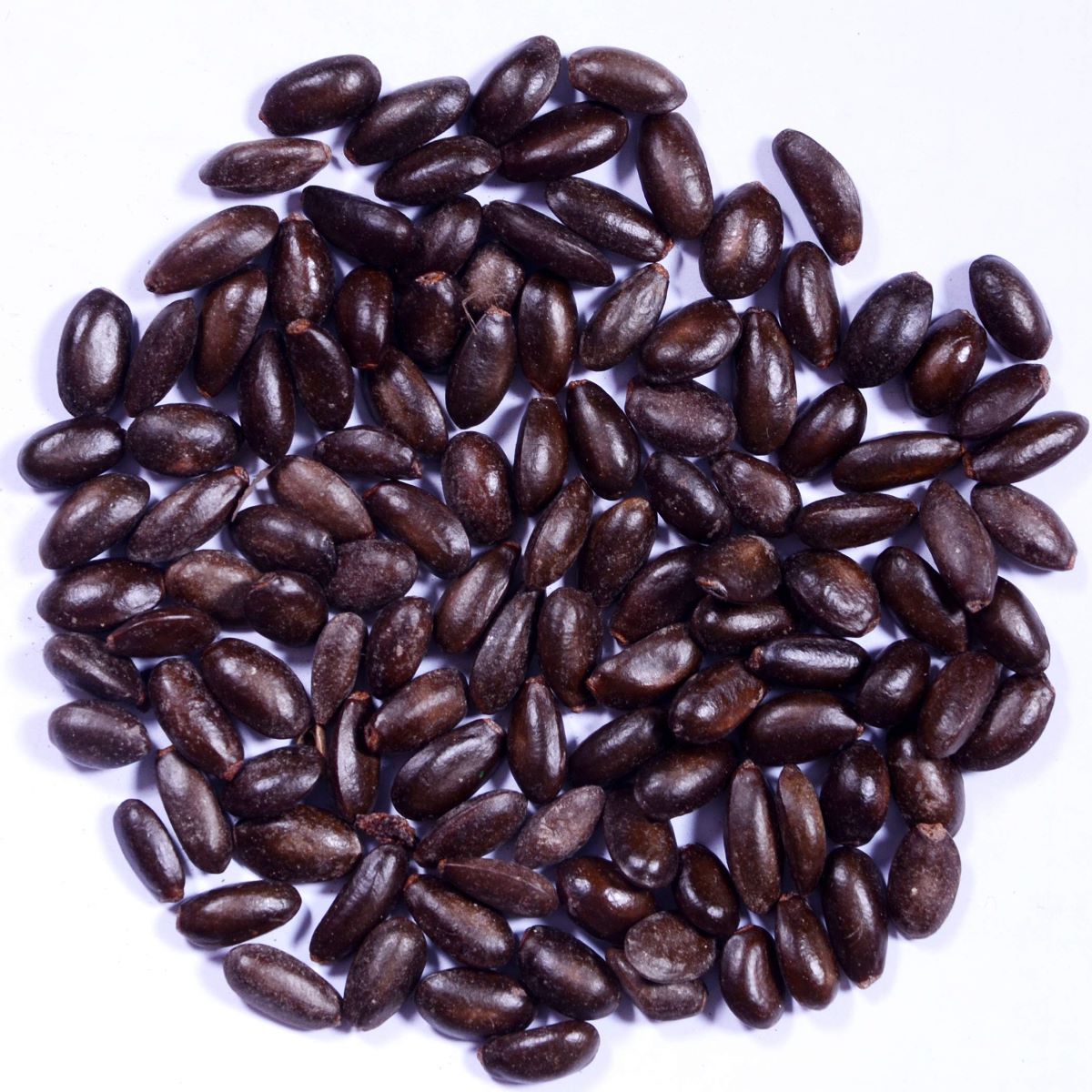
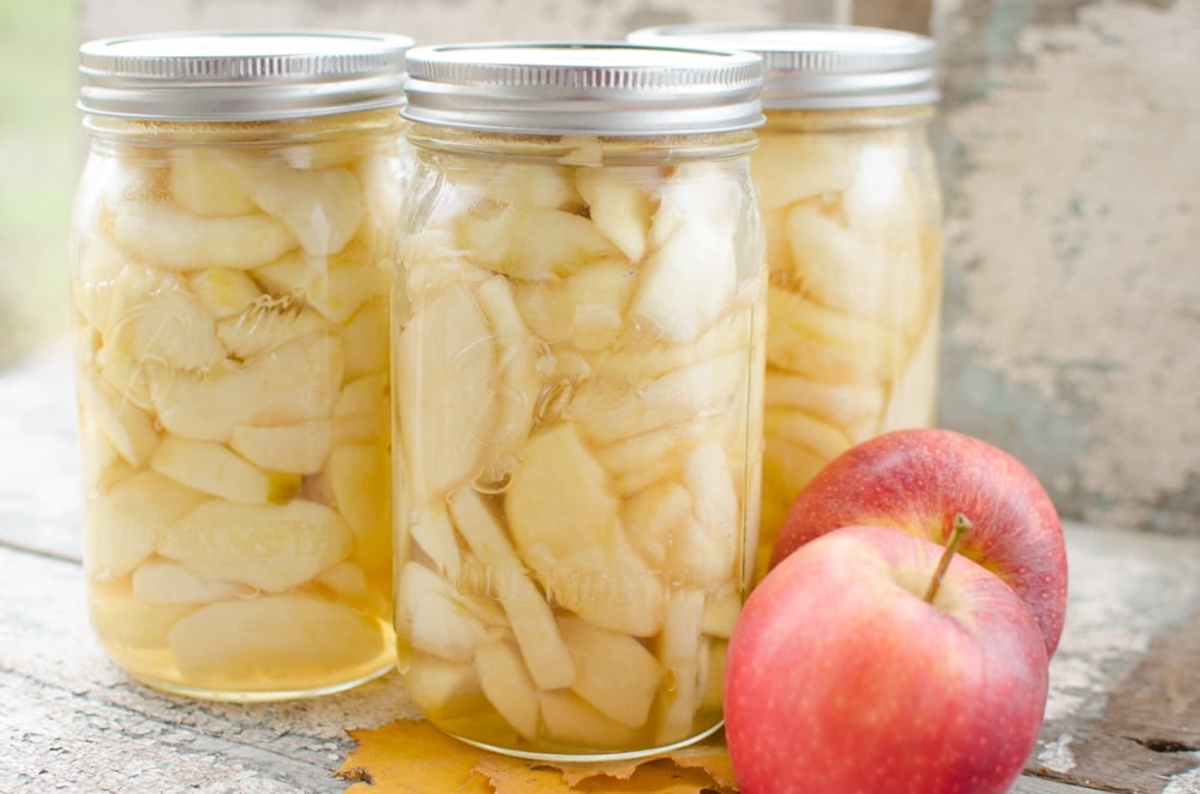


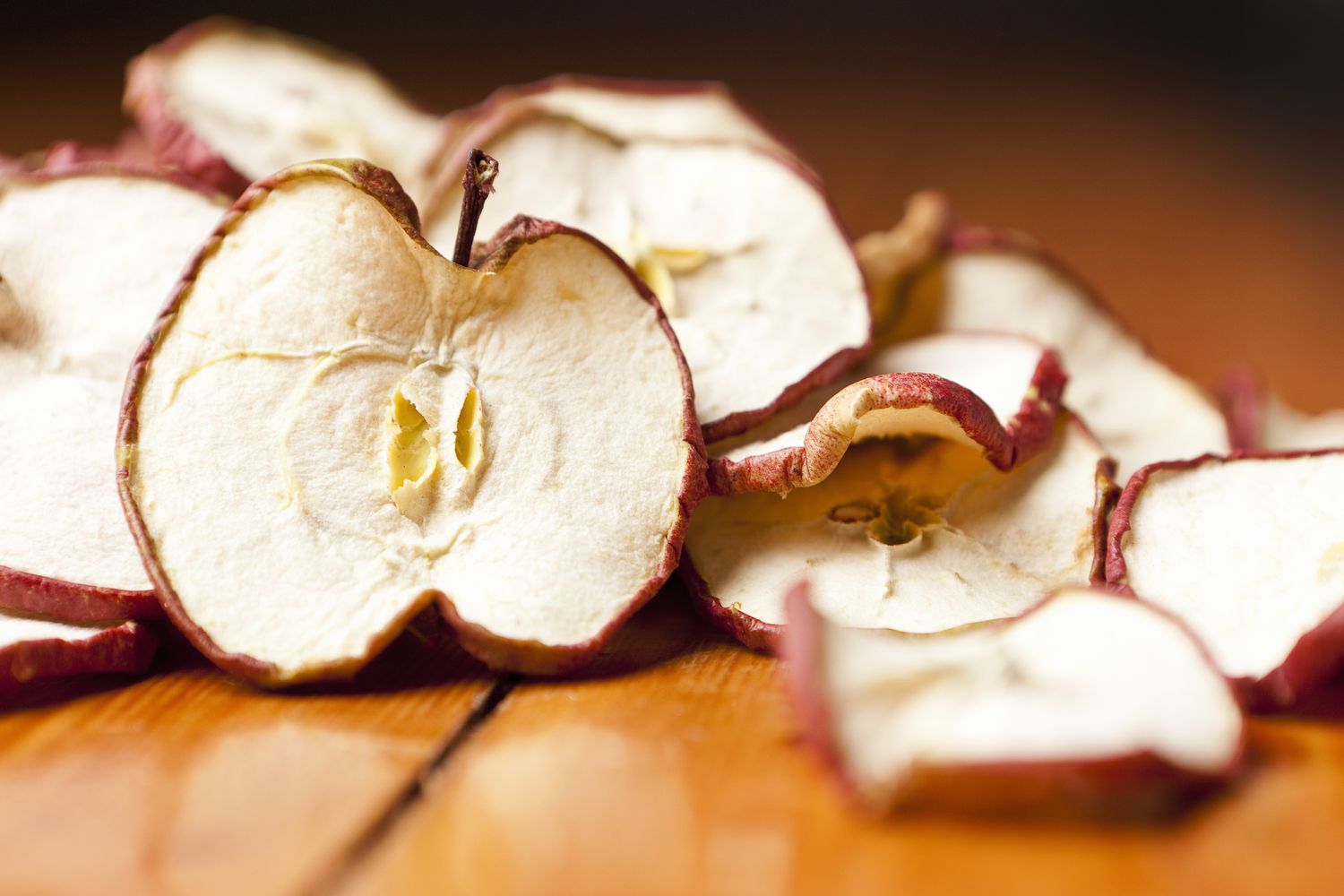
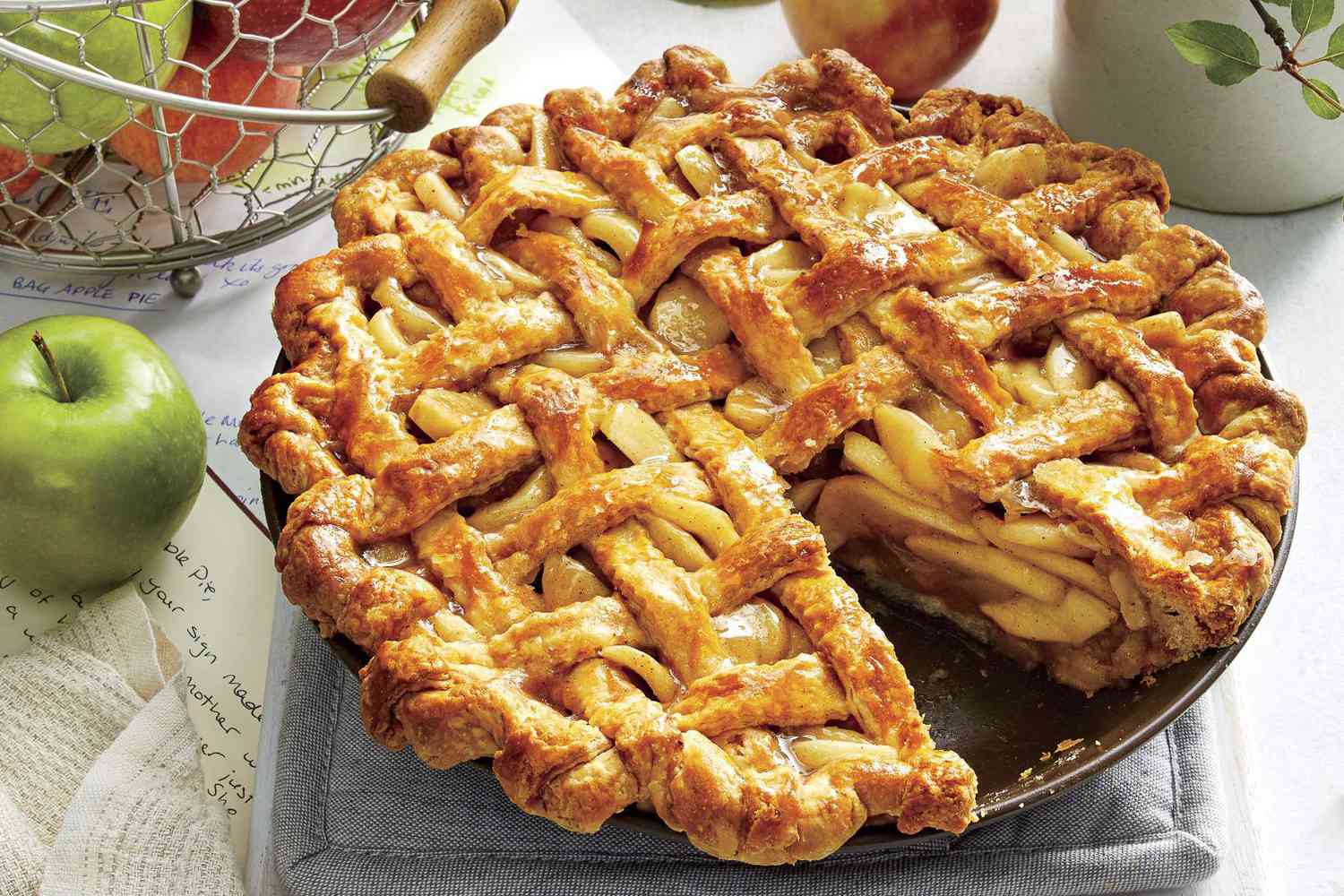
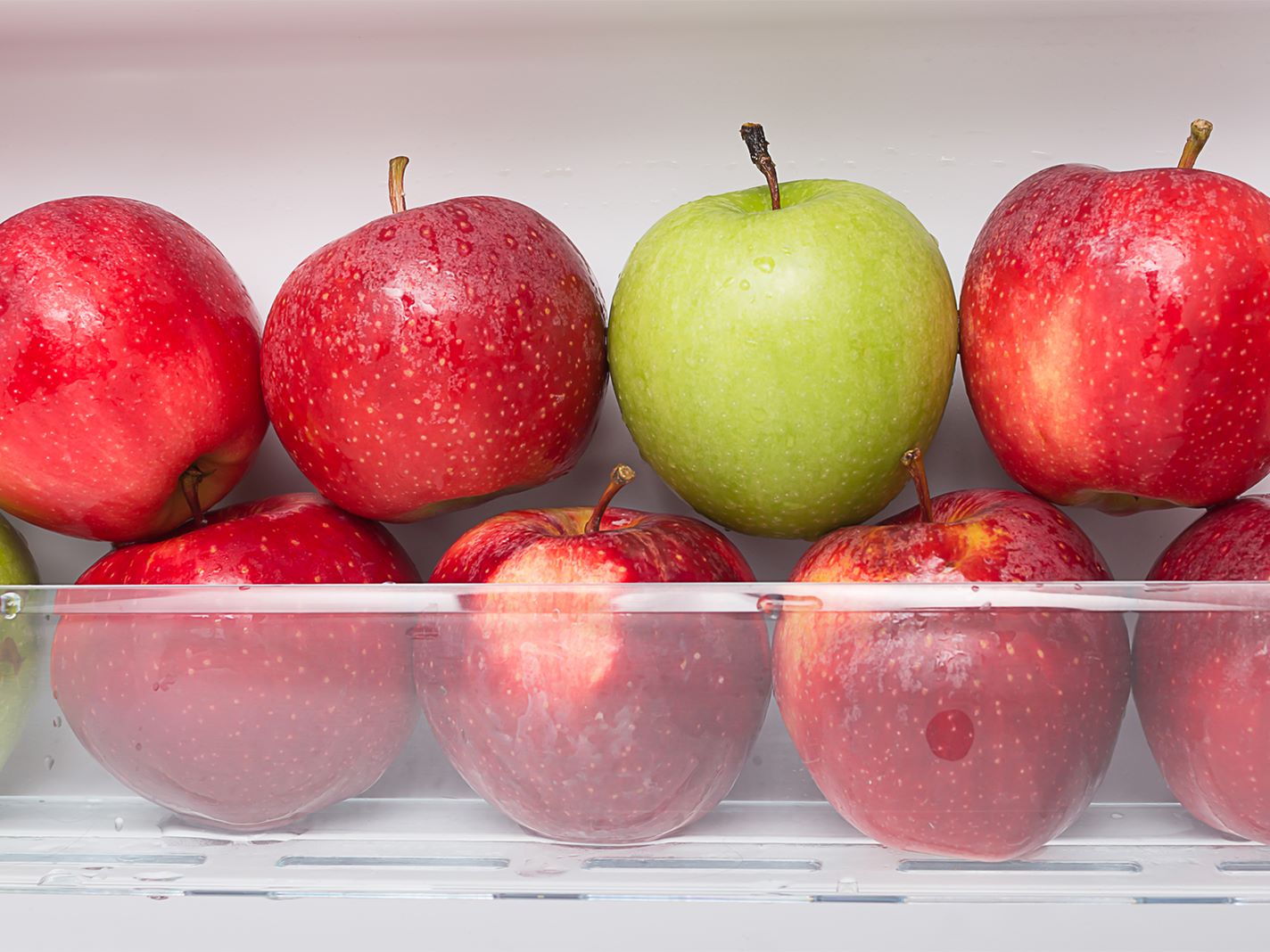
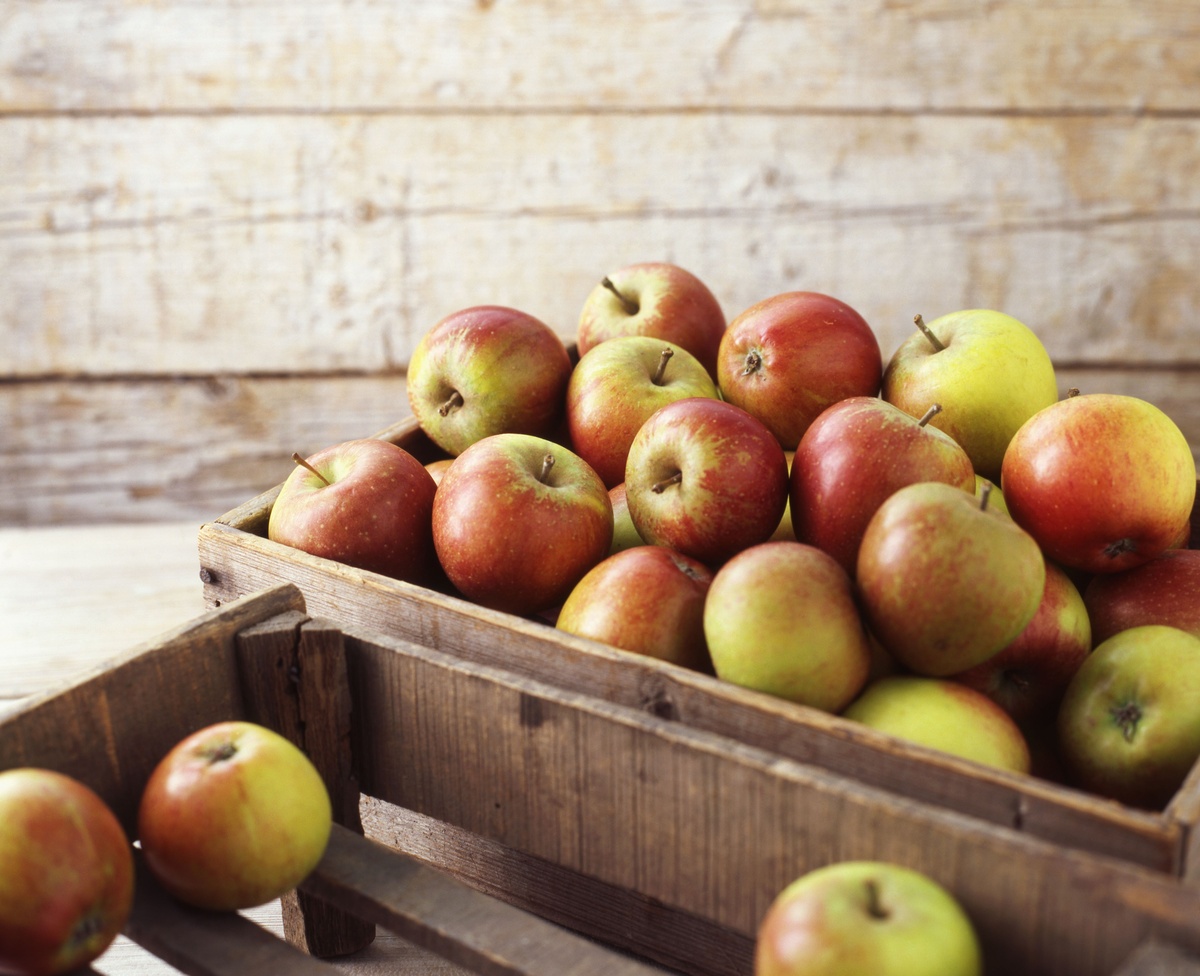
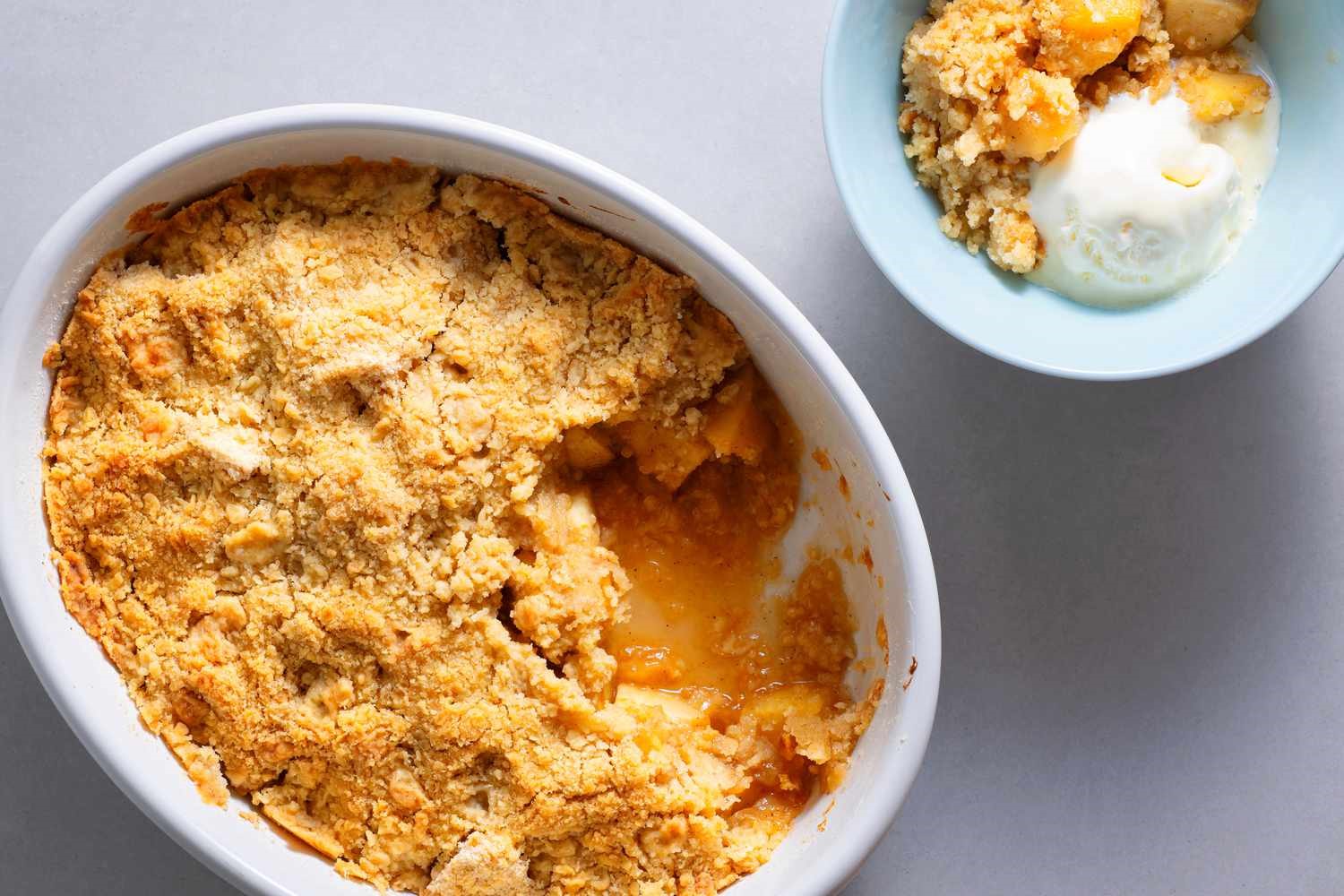
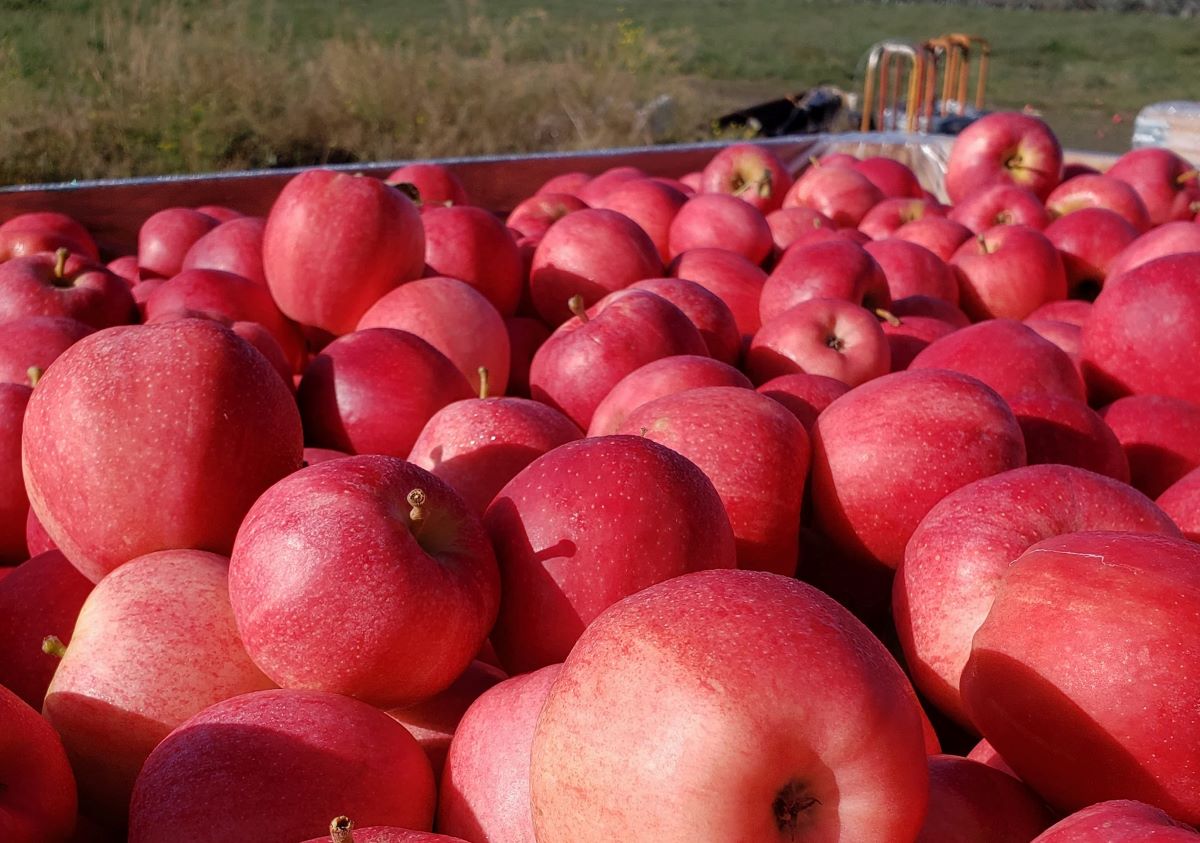
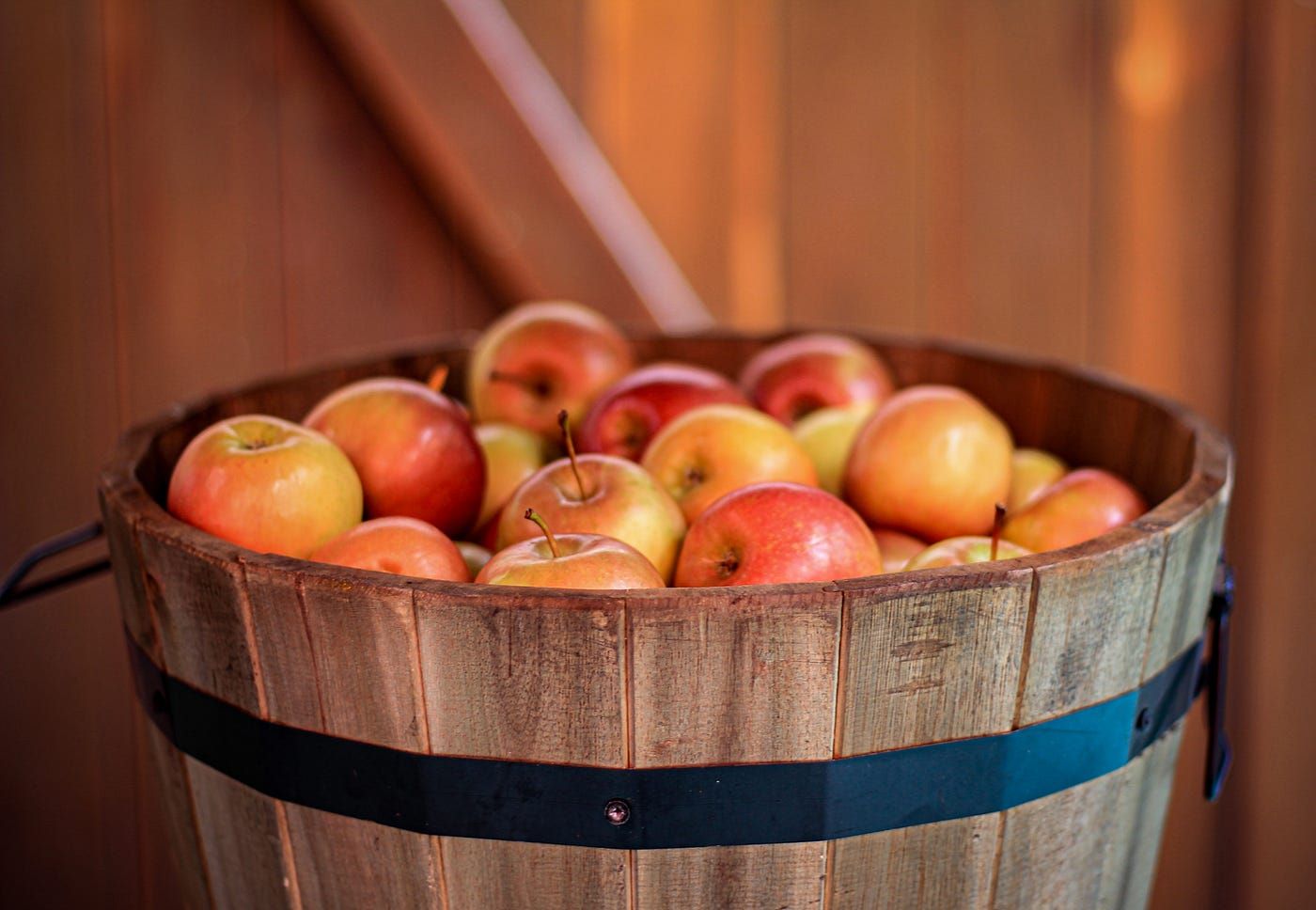
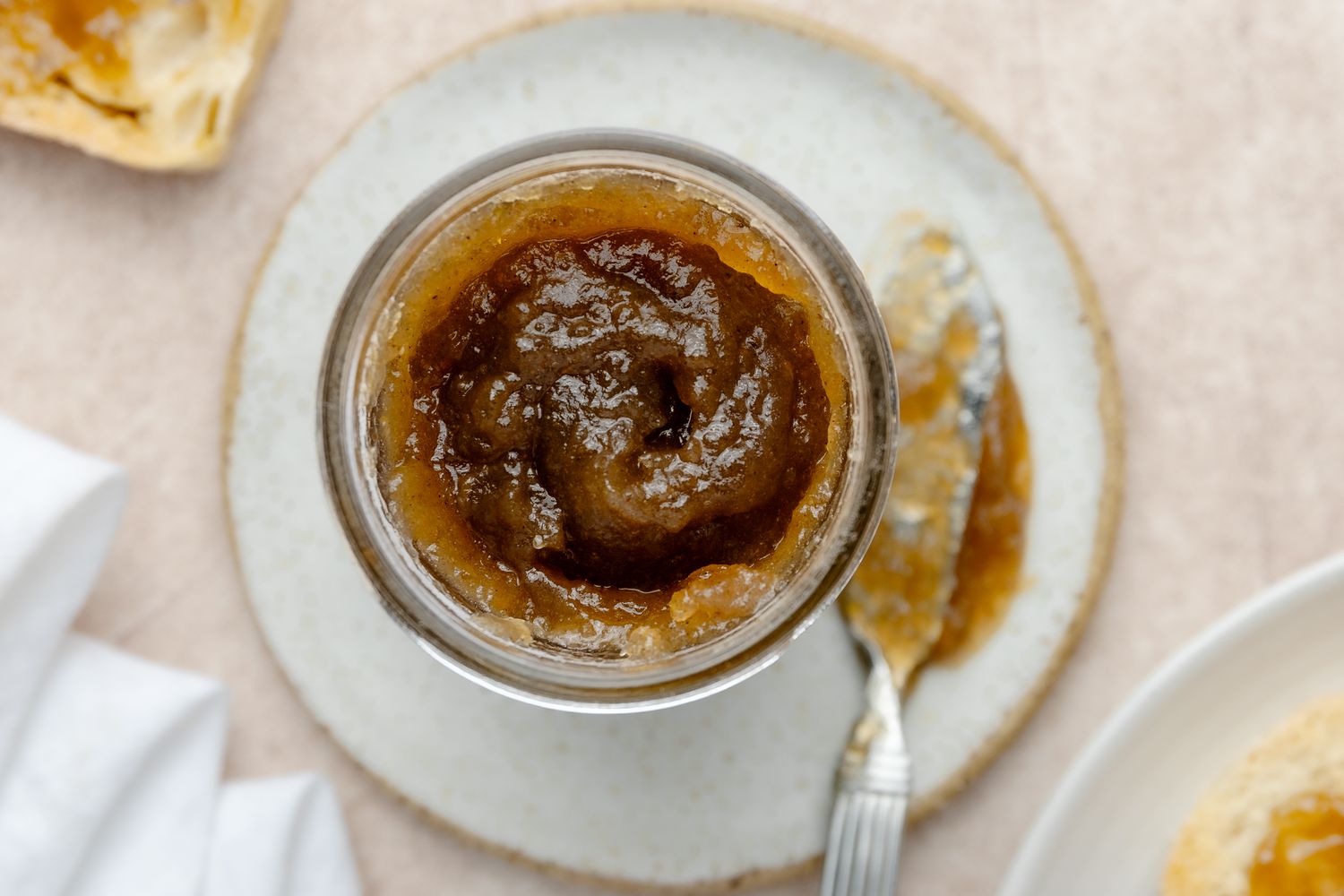
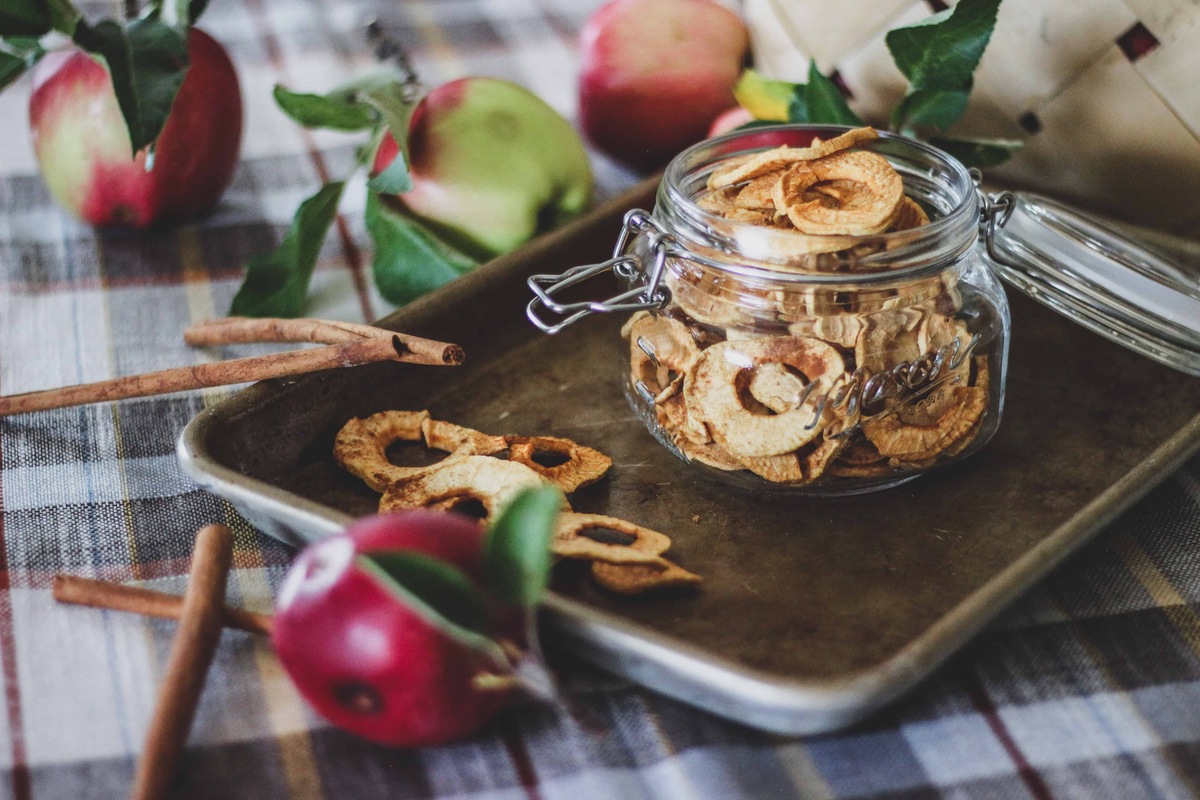

0 thoughts on “How To Store Fresh Apples”